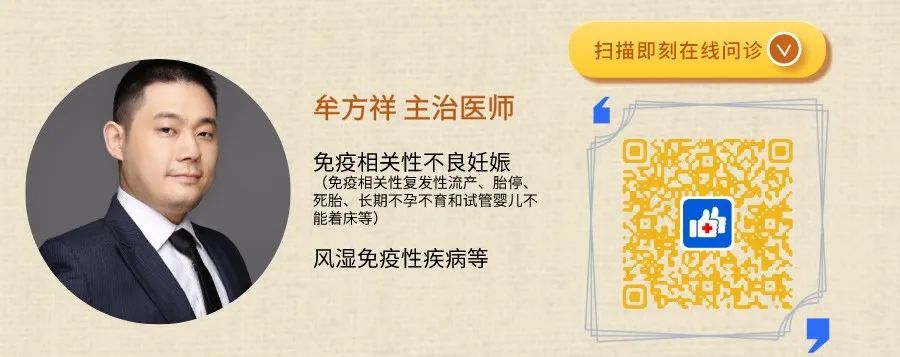
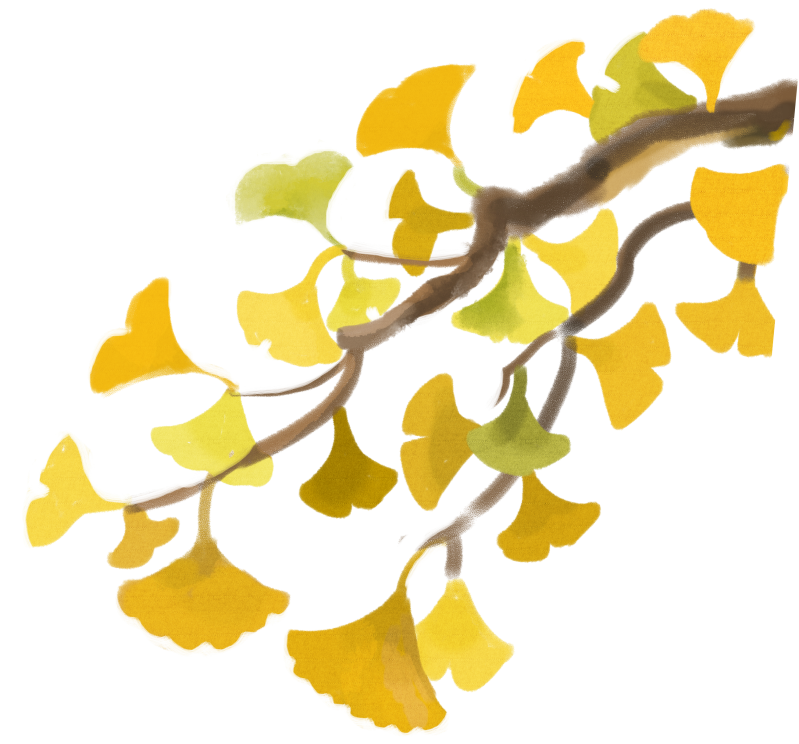
Previously, we had a general understanding of Yin and Yang, knowing that Yin and Yang are a summary of the dual aspects of things. In Traditional Chinese Medicine (TCM), there is not only Yin and Yang but also the Five Elements (Wu Xing). Most people may have heard of the Five Elements, which are Metal (Jin), Wood (Mu), Water (Shui), Fire (Huo), and Earth (Tu). They are also used to classify the attributes of things. In fact, the original meaning of the Five Elements was related to five materials, as recorded in the “Zuo Zhuan, Year 27 of Duke Xiang”: “Heaven produces five materials, and the people use them together; one cannot be discarded.” These are the most common substances in daily life. Nowadays, it is difficult for us to understand the significance of the Five Elements theory, as it seems very abstract.
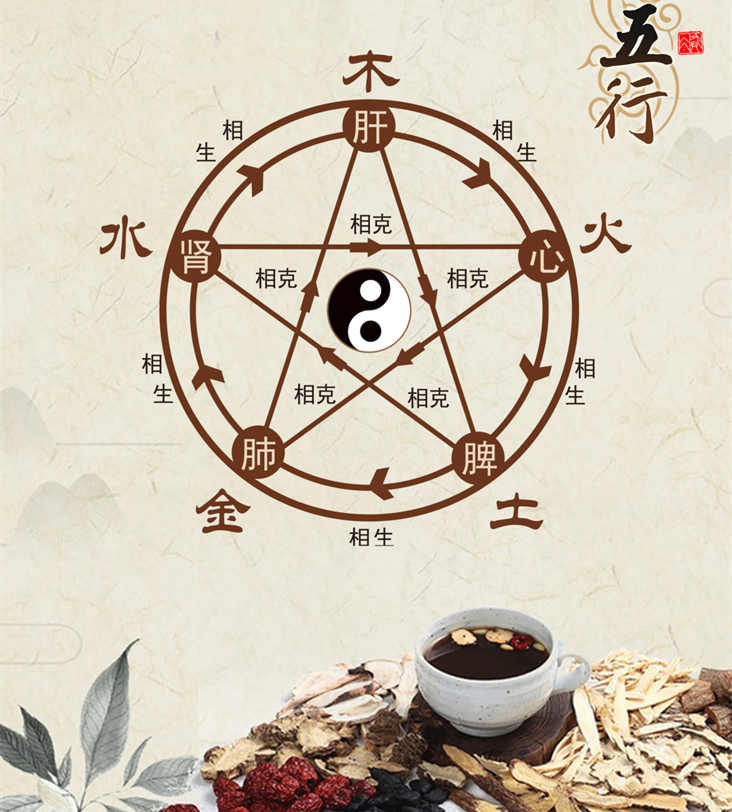 Later, with the ancient people’s observations of natural phenomena, the meaning of the Five Elements extended from daily life to the laws of development of things, which is the philosophical significance of the Five Elements theory. The characteristics of the Five Elements also became more abstract.
Later, with the ancient people’s observations of natural phenomena, the meaning of the Five Elements extended from daily life to the laws of development of things, which is the philosophical significance of the Five Elements theory. The characteristics of the Five Elements also became more abstract.
Why categorize in this way?
Take Yin and Yang for example: men belong to Yang, and women belong to Yin. There are not only gender differences between people, but each person is an independent individual with different personalities. For instance, some people have gentle personalities, while others are irritable. These are the characteristics we recognize in them. The Five Elements categorize in this way; a thing has not only dual aspects but also its own characteristics.

Why is it called the Five Elements?
“Five” naturally refers to the five attributes: Metal (Jin), Wood (Mu), Water (Shui), Fire (Huo), and Earth (Tu); “Elements” (xing) refers to movement and change. The Five Elements is a method used to explain the laws of change and development of all things in the universe. Later, it was applied in TCM to guide and treat diseases.

The specific characteristics of the Five Elements are:
First, let’s talk about “Wood” (Mu). When we think of wood, we can associate it with trees, which can be tall or short, and branches can be straight or curved. They grow with branches and trunks, so we can summarize the characteristics of Wood as flexibility and rigidity, indicating that tree branches have the characteristics of growth, upward movement, and gentleness, capable of bending and stretching, referred to as “Wood is flexibility and rigidity.” Any thing or phenomenon that has similar properties or functions of growth, upward movement, and smoothness belongs to Wood.
When we see the character for “Fire” (Huo), we might think of heat, and we often say that “fire energy rises quickly,” which indicates that the characteristics of Fire are heat, upward movement, and brightness, referred to as “Fire is rising heat.” Any thing or phenomenon that has similar properties or functions of heat, rising, and brightness belongs to Fire.
“Earth” (Tu) refers to land, which can be used to grow crops, referred to as “Earth loves agriculture.” Agriculture refers to the planting of grains; harvesting refers to the collection of grains. This generally refers to the activities of planting and harvesting by people. Any thing or phenomenon that has similar properties or functions of bearing, receiving, and nurturing belongs to Earth.
“Metal” (Jin) immediately brings to mind metals, which can be forged into various shapes. It has the characteristics of adaptability and transformation, referred to as “Metal is adaptability and transformation.” Any thing or phenomenon that has similar properties or functions of sinking, purging, gathering, and transformation belongs to Metal.
The characteristics of “Water” (Shui) are also somewhat known to us; water always flows downward and is inherently cool, so water has the characteristics of moistening and downward movement, referred to as “Water is moistening downward.” Any thing or phenomenon that has similar properties or functions of moistening, downward movement, coldness, and concealment belongs to Water.
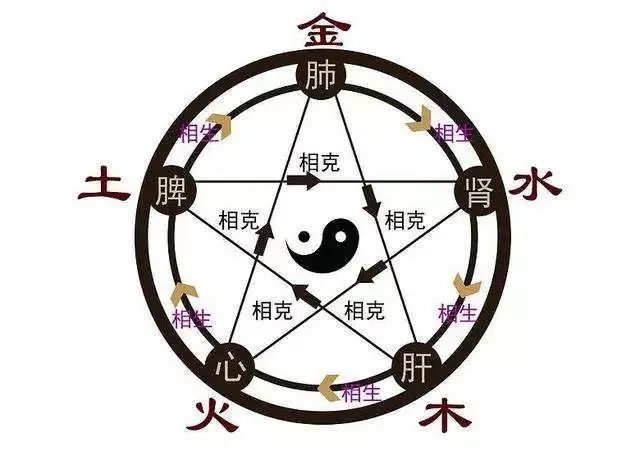
When classifying things, it is based on their characteristics. In TCM, the Five Elements are used to classify the five organs and six bowels of the human body. For example, the five organs can be classified as:
The liver (Gan) governs upward movement and is associated with smoothness and comfort, thus belongs to Wood;
The heart (Xin) governs blood vessels and spirit, thus belongs to Fire;
The spleen (Pi) governs the generation of Qi and blood, providing nutrition to the whole body, thus belongs to Earth;
The lungs (Fei) govern purification and downward movement, thus belong to Metal;
The kidneys (Shen) govern the storage of essence and also govern Water, thus belong to Water.
Today, I have introduced the basic concepts of the Five Elements theory. Next, I will discuss the interactions of the Five Elements and their applications in TCM.
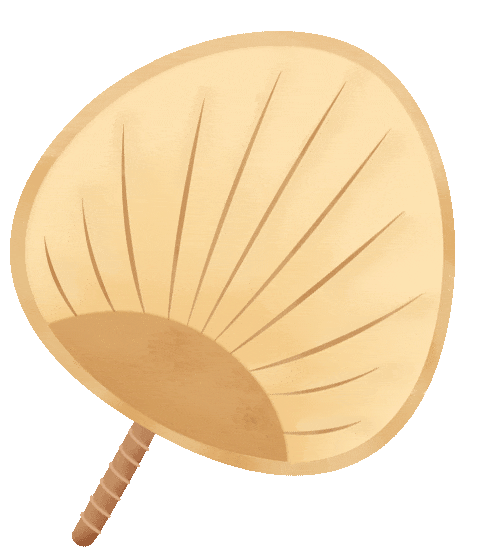 END
END
This article aims to provide readers with popular science knowledge about TCM. The content cannot replace personal medical diagnosis and treatment and is for reference only. For specific medication and disease issues, please consult a doctor. The images in this article are sourced from the internet; if there is any infringement, please contact for removal.
For more exciting content, please follow our WeChat public account ↓


